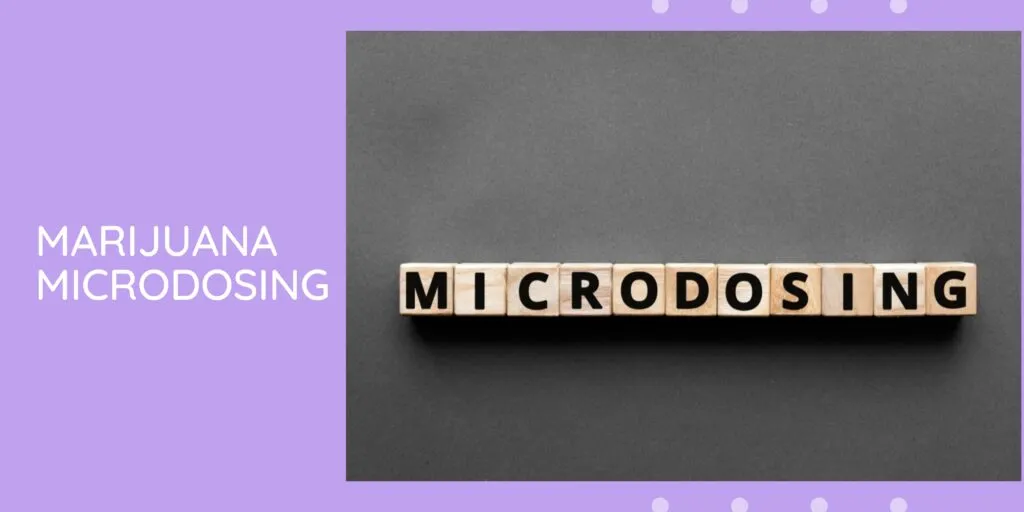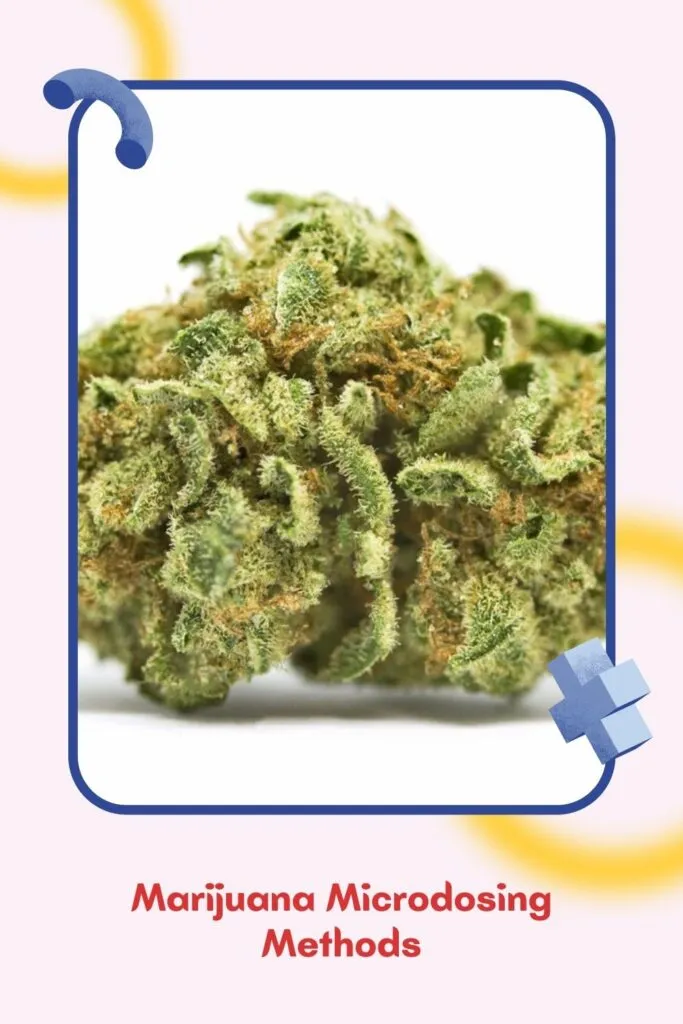More and more evidence from medical research seems to indicate that cannabis is an exceptional tool for making a wide array of health conditions more manageable. There’s just one downside: Weed gets users high. Intoxication from cannabis can be fun and relaxing, but it can also seriously interfere with one’s ability to function in daily life. So, if you want to maximize the health benefits of weed while minimizing the psychoactive effects, what can you do?
The best answer, potentially, is microdosing. Here’s what you need to know.
The Mechanics of Microdosing
Microdosing is taking small amounts of a substance throughout the day to maintain mild and sustained effects. You can microdose with any substance, from cannabis to hallucinogens to regular, FDA-approved pharmaceuticals. In pharmaceutical science, microdosing is 1/100th of a regular dose of a substance, but with cannabis, microdosing isn’t always that easy to measure.
Microdosing marijuana has gained popularity only in recent years. The practice was pioneered by tech workers in Silicon Valley who believed that taking small amounts of cannabis throughout the day reduced their feelings of depression and anxiety while boosting their creativity. In the past, the custom was to breed stronger and stronger strains and use as much as possible to get incredibly high, but these days, strains boast such high THC content that it is too easy to overdose and experience uncomfortably extreme effects. Thus, more and more users are shying away from large doses and toward microdosing practices.
Because microdosing is relatively new, there isn’t much rigorous research examining the effects. Still, avid microdosers swear there are amazing benefits to the practice. Various cannabinoids have known uses for mental and physical health, like reducing pain and inflammation, relaxing tense muscles, eliminating stress and fighting anxiety and depression. Additionally, cannabis is known to improve mood and perhaps boost energy levels, focus and creativity. Allegedly, microdosing allows users to take full advantage of these effects without feeling intoxicated or risking overdose effects, like confusion and lethargy.
Marijuana Microdosing Methods
One of the downsides to using marijuana is that an individual’s dose can vary. Even two brand-new cannabis beginners might need different doses of the drug to feel effects. Therefore, most experienced weed users suggest that some experimentation is necessary to better understand your distinct tolerance level. The same process of experimentation is necessary to correctly microdose.
A good way to get into microdosing is by keeping a cannabis journal. Every time you take a dose of a weed product, you should write down the details of the experience: what you took, how much you took it, when you took it, how it made you feel, whether you had eaten recently, what you accomplished afterwards, etc. Sometimes, you might accidentally take too much or too little and not experience the effects you expect; when this happens, you should still make a record in your journal, so you can dial in your ideal dose with precision.
Most people find that the right place to start with microdosing is between 1 and 2.5 milligrams of THC. In states with legal weed, like Massachusetts, marijuana dispensary budtenders can help you find the right products for successful microdosing. These typically include tinctures and oils that have clear and reliable THC content for you to track. Over time, you may be able to integrate less reliable weed products, like edibles and flower, but you should be careful when increasing your dose. It is generally a bad idea to tinker with your dosage when you have real responsibilities, like childcare, as you don’t want to become unexpectedly intoxicated.
One final question that new microdosers tend to wonder: Can you microdose at work? The answer depends entirely on your employer and your position. Under no circumstances should you consume any amount of a psychoactive substance if you work in a safety-sensitive role, in which you and others could be injured or killed as a result of your actions. Additionally, you should avoid microdosing if your employer often engages in random drug testing or if you would be using cannabis illegally in your state.
Conclusion
Medical and recreational users alike might find a major benefit in microdosing. As long as you proceed responsibly and carefully, microdosing should be an easy practice for you to master.


